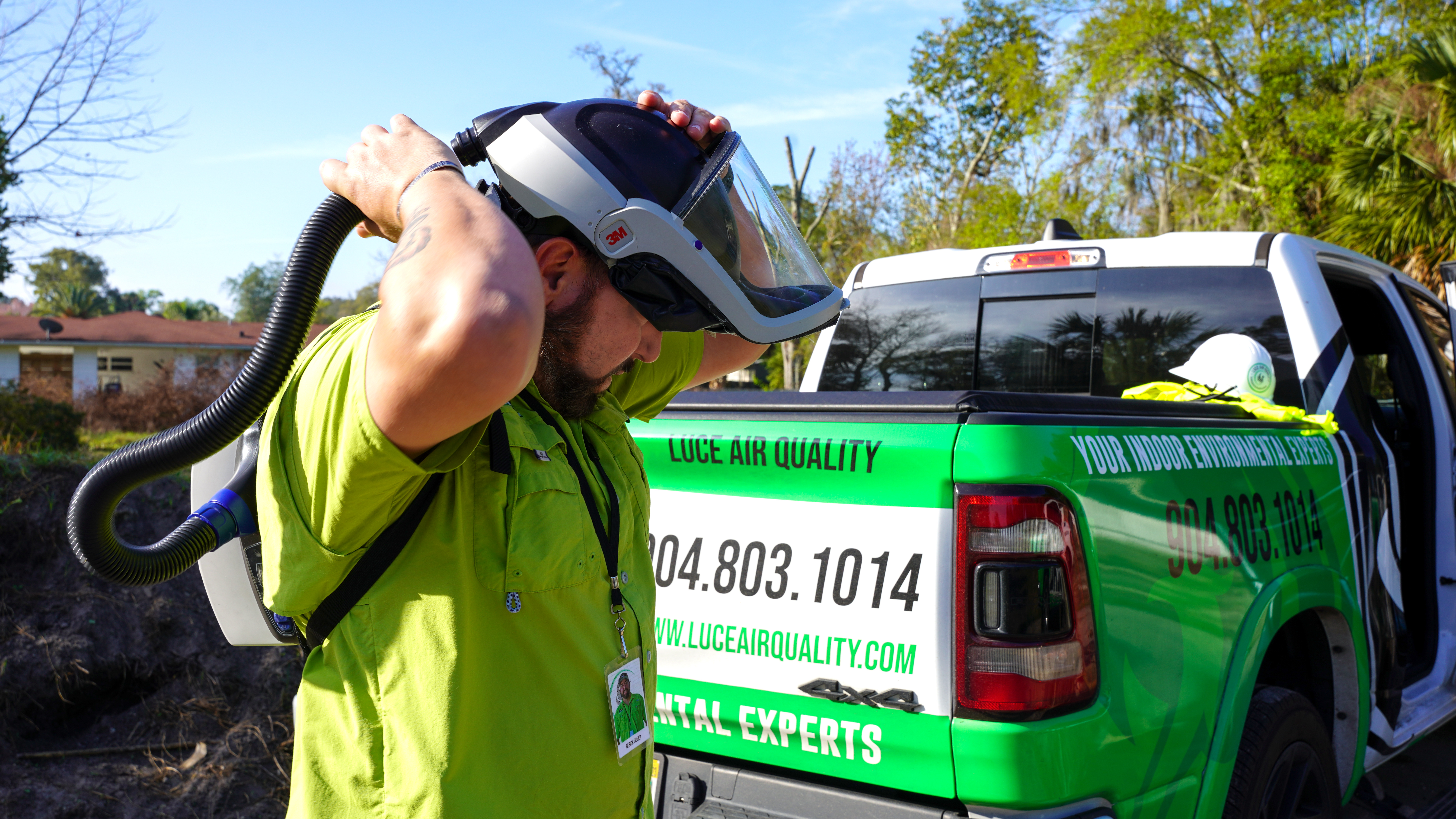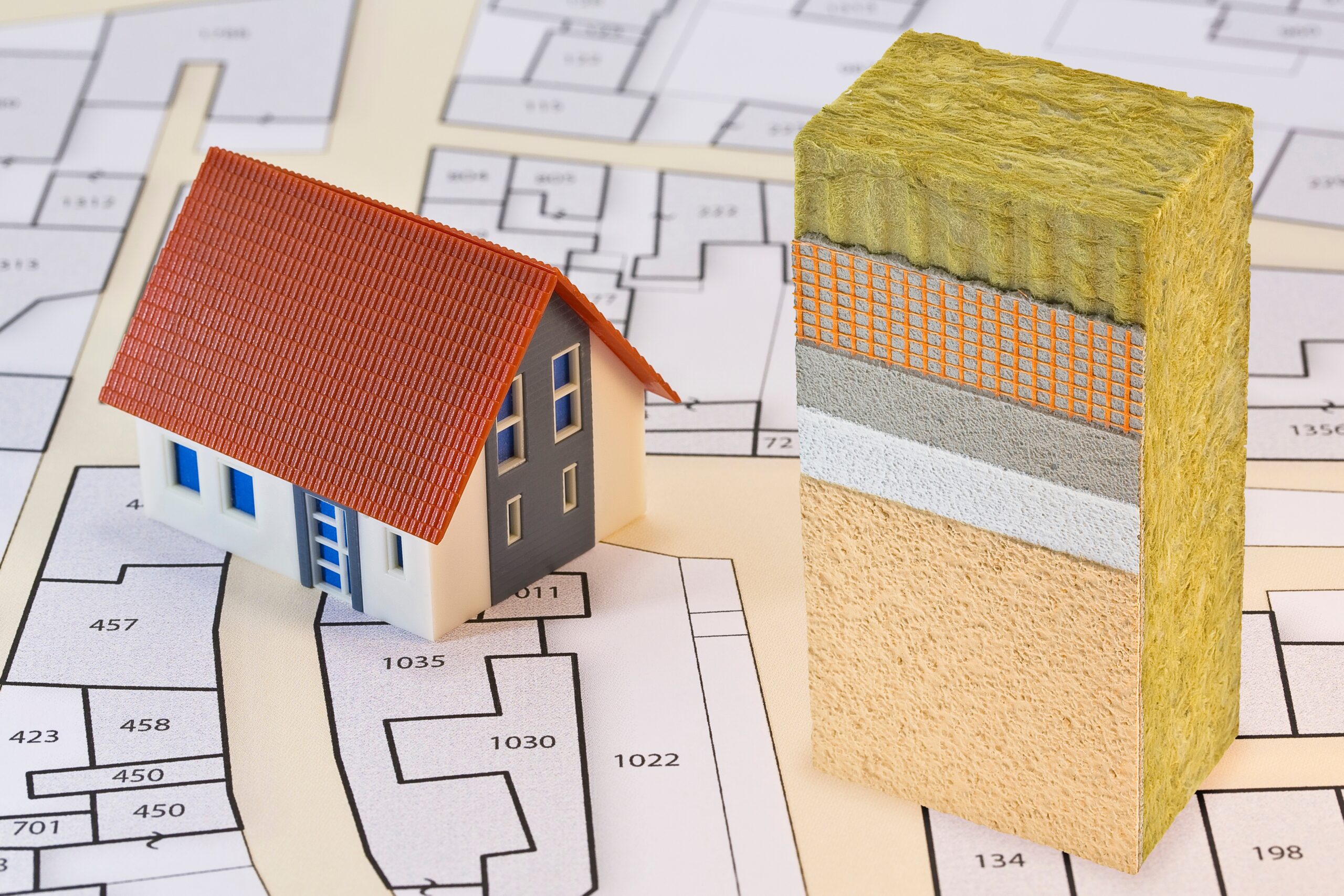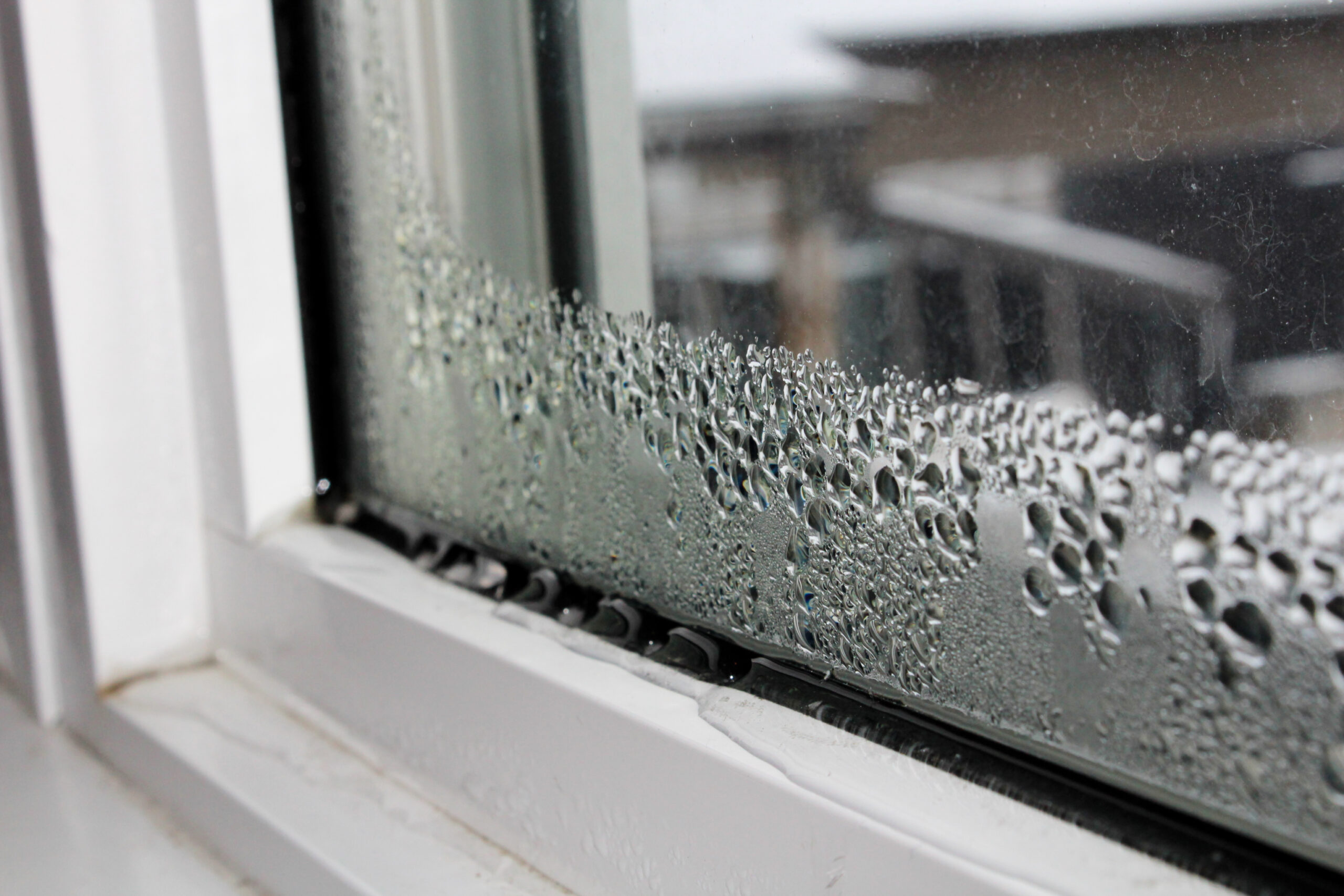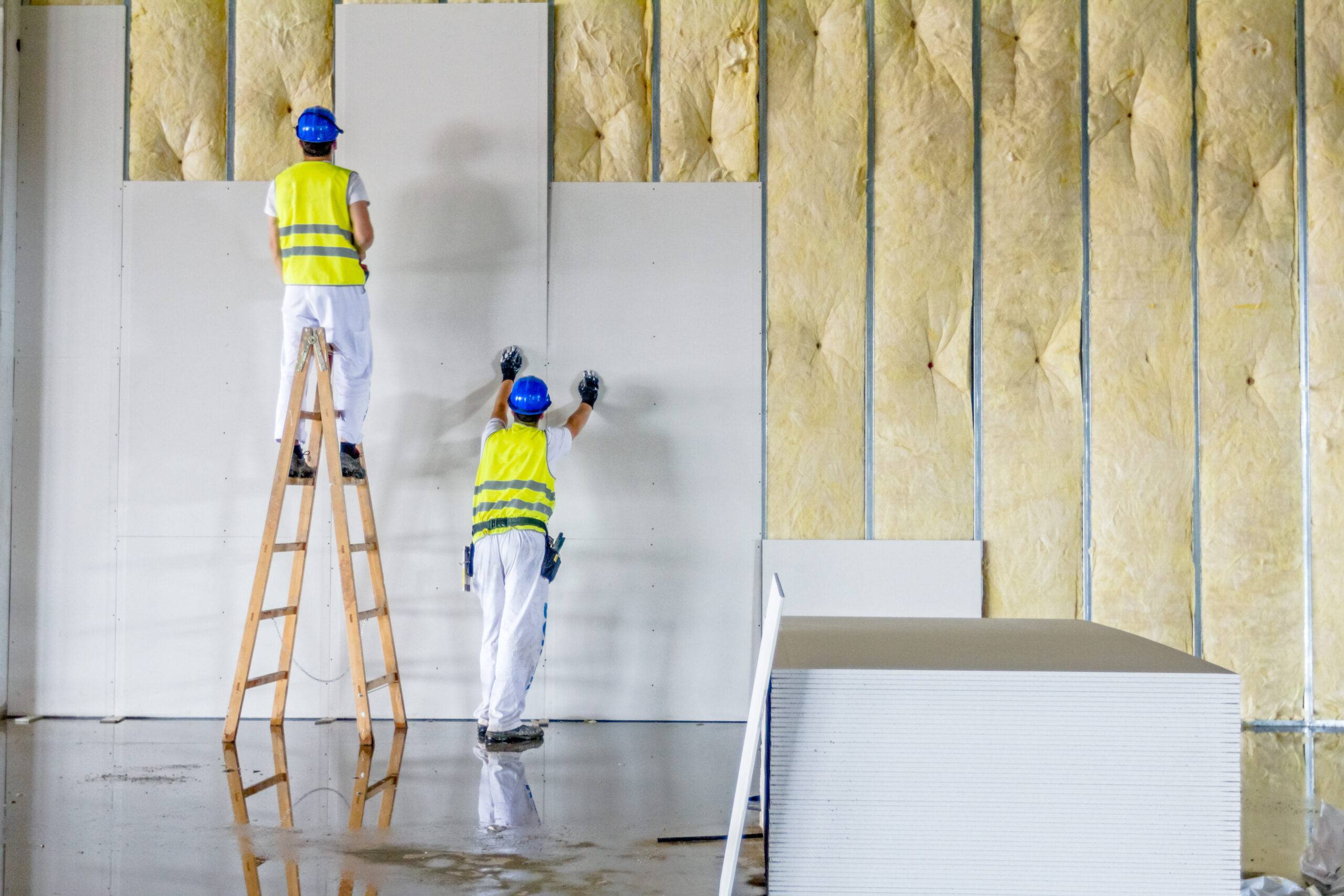
Do All Air Quality Companies Use the Same Testing Procedures?
When you hire a company to evaluate concerns like mold, asbestos, or indoor air pollutants, you expect reliable answers. After all, you’re making decisions about your family’s health, your property’s safety, and possibly major repairs or remediation. But here’s something most homeowners don’t realize: not all companies perform their assessments the same way—and that can make a big difference in...
READ MORE
Do I Need a Control Layer Inspection?
When we think about protecting our homes, we often picture locks, alarms, and insurance policies. But there’s another line of defense that operates quietly in the background—control layers. These hidden systems are responsible for keeping moisture, air, and even harmful gases out, thereby protecting your living space. Yet, many homeowners have no idea whether their control layers are working as...
READ MORE
What is Water Vapor Diffusion?
When most homeowners think of water damage, they picture a burst pipe or a leaky roof. But not all moisture enters your home in obvious ways. Some of it sneaks in slowly, invisibly, through a process called water vapor diffusion. Left unchecked, this kind of hidden moisture can lead to mold, rot, insulation failure, and indoor air quality problems. In...
READ MORE
Understanding Building Envelope Failure: Why It Matters for Your Home or Business
When it comes to building performance, few concepts are more fundamental—or more overlooked—than the building envelope. It’s your structure’s first line of defense against the elements. But when that envelope fails, the effects can be silent, slow, and devastating. From persistent moisture problems to reduced energy efficiency, building envelope failure can cause lasting damage. In this post, we’ll break down...
READ MORE
What is an Unbalanced HVAC system?
When your home’s heating and cooling system seems to be doing everything but keeping you comfortable, the culprit might not be your thermostat—or even the HVAC unit itself. The issue could lie in something less obvious but just as important: system balance. An unbalanced HVAC system isn’t just an inconvenience. It’s a building science issue that affects energy efficiency, indoor...
READ MORE

